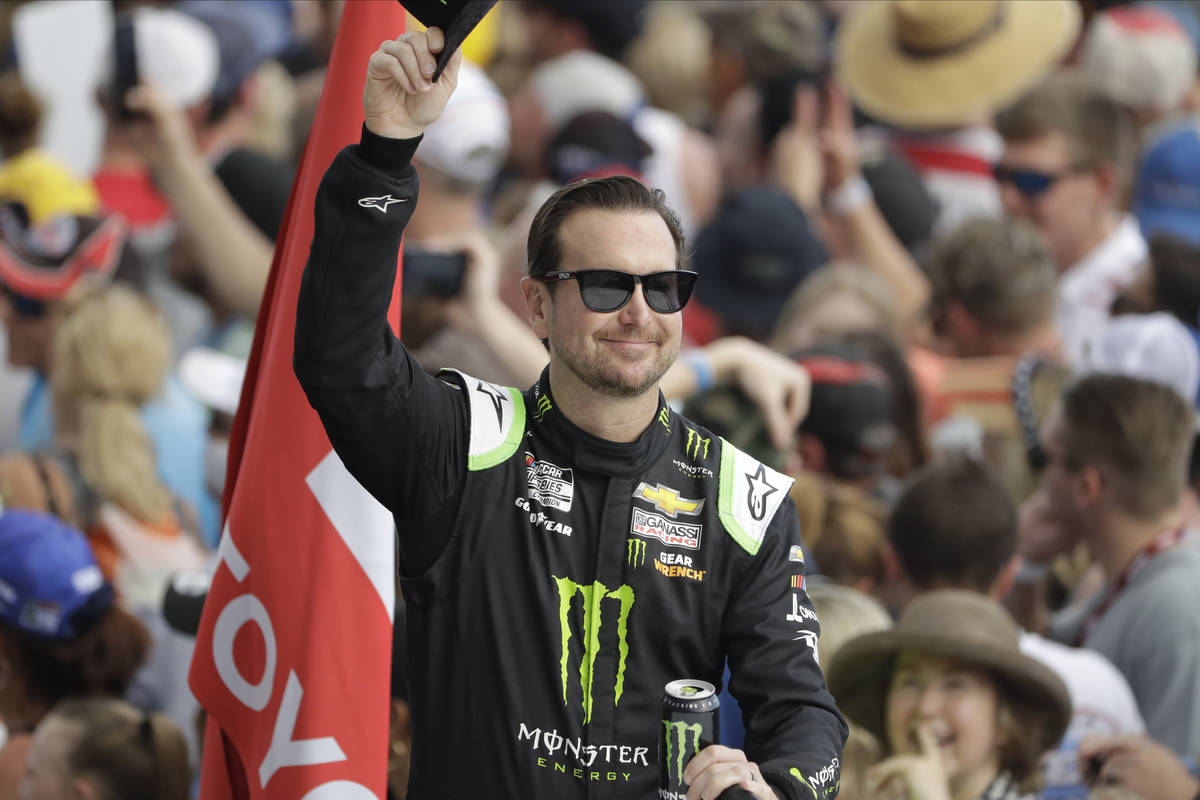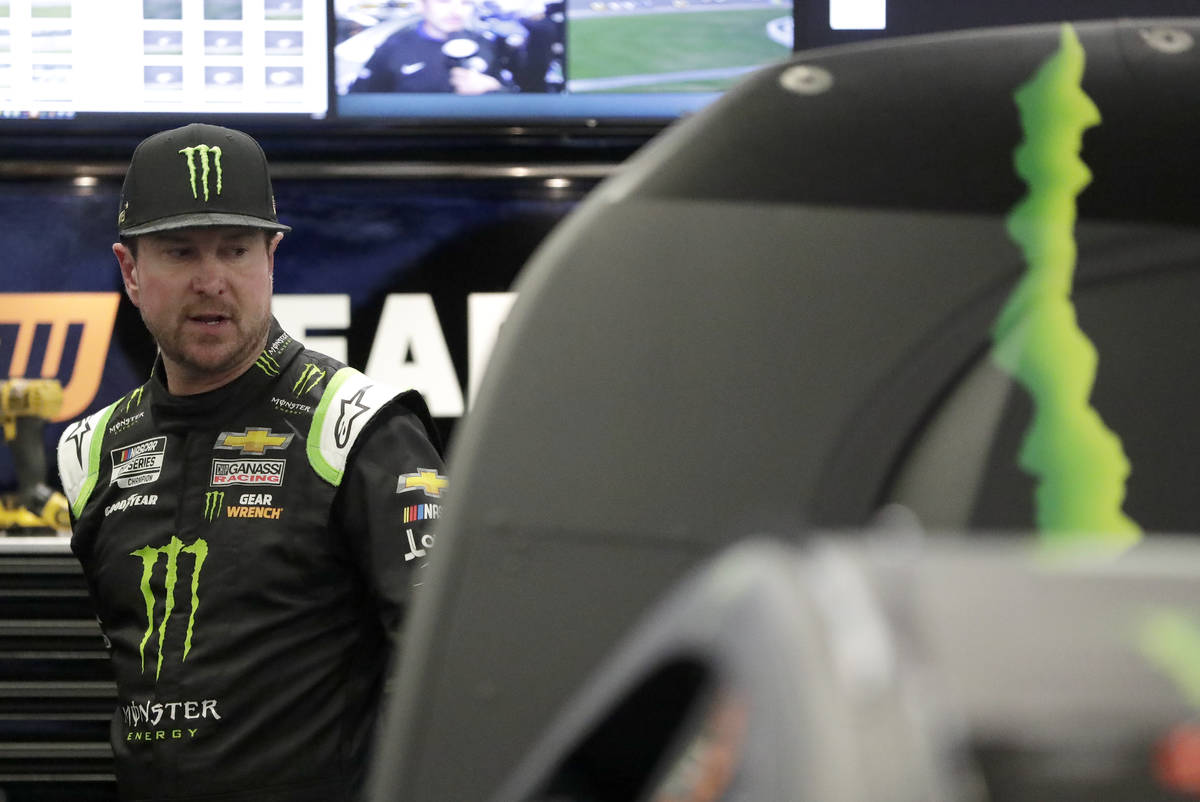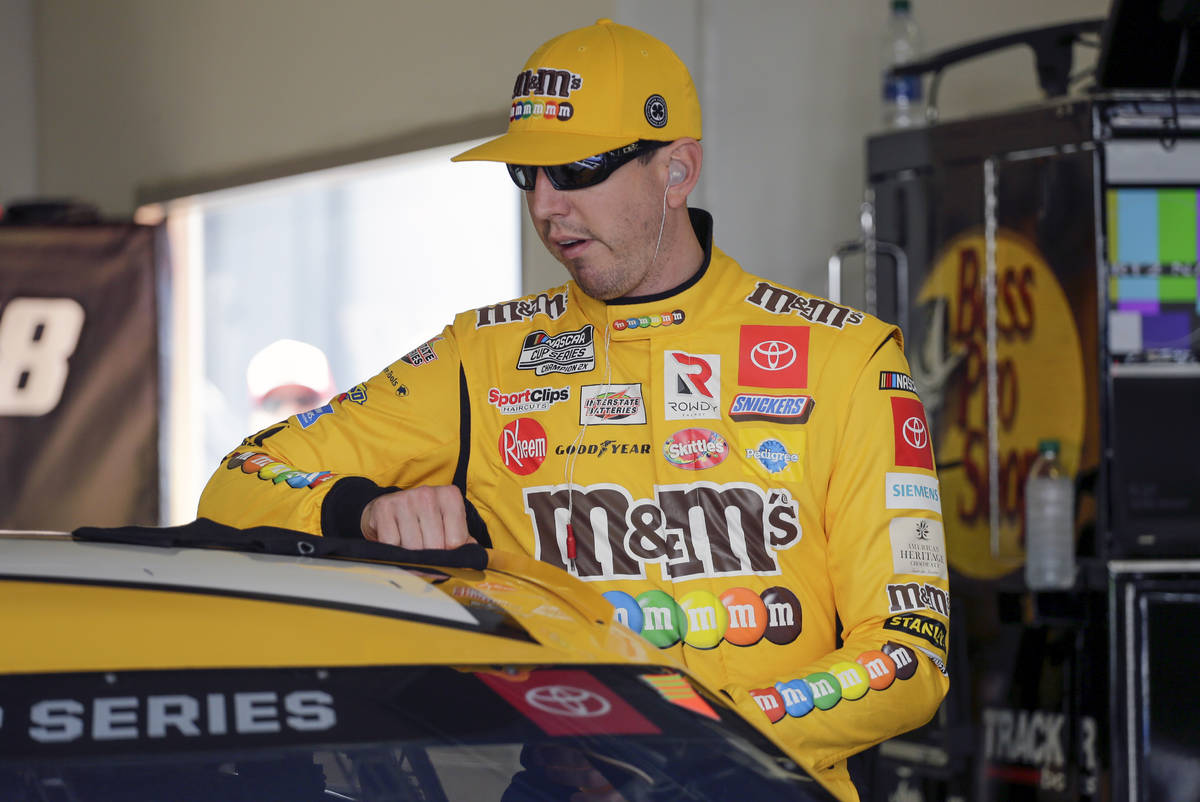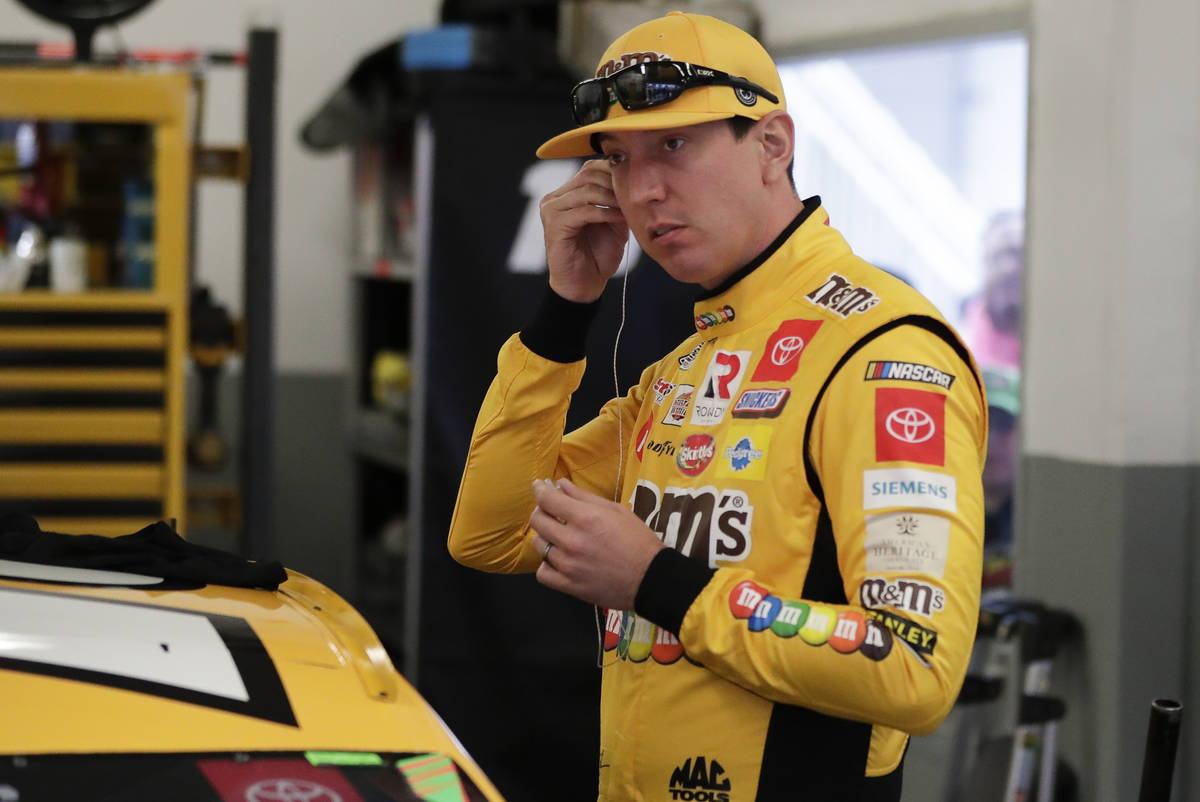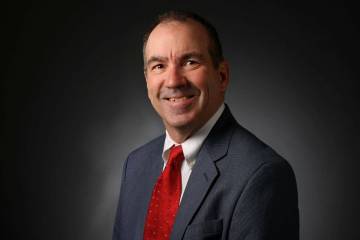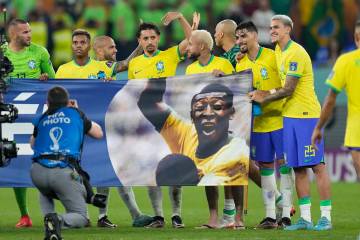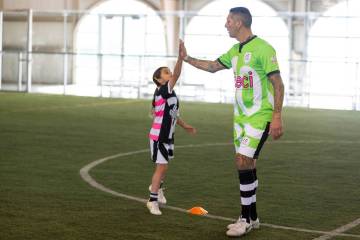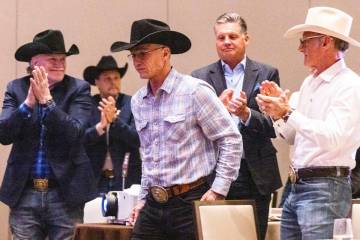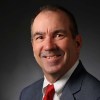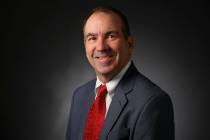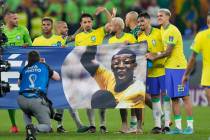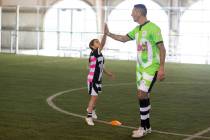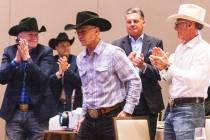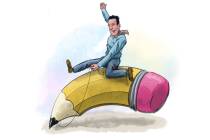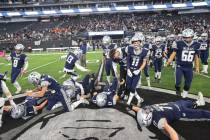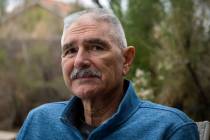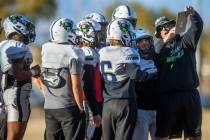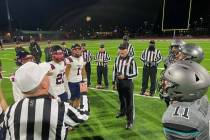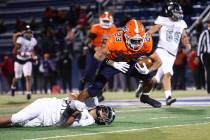NASCAR, Busch brothers eager to restart engines at Darlington
There’s a video on Kurt Busch’s Twitter account showing the veteran NASCAR driver from Las Vegas loading auto racing gear into the back of an SUV.
Driving bag, shoes, gloves, fireproof suit, crash helmet, hand sanitizer.
Heavy on the hand sanitizer.
After two months of NASCAR drivers entertaining fans (and themselves) by competing in souped-up video games from remote-controlled dens and guest rooms, Busch seemed thrilled to be on his way to turning real hot laps instead of virtual ones.
Even if it was only in a go-kart.
But on Sunday, he’ll be putting the hammer down in a race featuring full-sized cars at Darlington, South Carolina.
There will not be a reset button.
NASCAR is getting back on the track despite the ongoing ravages of the coronavirus. Most of the sports world will be watching.
“I feel like this is a genuine opportunity for many different reasons,” Busch said during a Thursday teleconference. “All sports fans, NASCAR fans, the drivers, the sanctioning body — we are all looking forward to it.”
Let’s do this. pic.twitter.com/pGwrnZuOHr
— Kurt Busch (@KurtBusch) May 5, 2020
Returning to (near) normalcy
Nobody knows what to expect after so much down time. But as NASCAR prepares to restart its collective engine, Busch’s younger brother Kyle already seems in midseason form.
The first thing the reigning series champion mentioned in a news release trumpeting stock car racing’s return was his sponsor.
“Just looking forward to getting out there with our M&M’S Camry,” he said about a “Thank You Heroes” paint scheme that will adorn his No. 18 Toyota to honor COVID-19 first responders.
In addition to a race without spectators — this virus is proving tougher to tame than seven-time champion Jimmie Johnson during his prime — it also will be a race without practice and qualifying runs. The show will be condensed into one day, permitting drivers and crew members to return to the comfort and relative safety of their own beds after the checkered flag.
Barring a rainout or sudden virus spike at the Goodyear Tire & Rubber Company, NASCAR will become the second mainstream sport to refire amid the shutdown. The UFC was first. A fight card in Jacksonville, Florida, was considered a success despite a fighter and two cornermen testing positive for COVID-19.
But of all the sports, auto racing might be best suited to moving forward. It occurs outdoors (where the virus is fragile), and the competitors don’t sweat on one another.
Yes, auto racing can be a contact sport, especially when the Yarboroughs and Allisons get together at Daytona. But when cars do collide, sheet metal, window nets and rollbars provide social distance between their occupants.
Crank it up
It won’t be the same without hordes of fans camping in the infield and purchasing beer, spark plugs and souvenir T-shirts in support of their favorite drivers. But race fans do not influence the outcome as their counterparts in football, baseball, basketball and hockey often do. They do not create a buzz integral to the game-day experience.
Once the green flag falls, race fans cannot be heard over the roar of the engines. Except, perhaps, when Dale Earnhardt Jr. was racing and passed somebody for the lead.
Outside of the broadcast booth, there are no cheerleaders in NASCAR. Or Black Holes, Dawg Pounds or Lambeau Leaps. Most of what you see on TV is a tight shot of the track and cars speeding around it.
Which is exactly what you are going to see Sunday at Darlington.
With its teams relying almost entirely on TV and sponsorship dollars to remain solvent, NASCAR getting back on the track was more necessity than option. Darlington will be the first of seven races over an 11-day period across its Cup, Xfinity and Truck series, and Kyle Busch said he plans to run them all.
Resuming the schedule will provide an infusion of cash and perhaps rekindle interest in a sport that has been spinning its wheels. The hope in the NASCAR hauler is that a sporting public growing weary of Duke vs. North Carolina reruns or watching Kurt Gibson take Dennis Eckersley deep on a continuing loop might give stock car racing another look.
So gentlemen, restart your engines. But don’t forget to wear a face mask in the garage area when others are present.
In case you missed @Sportscenter this afternoon. There's a little more backstory to that Taylor remote situation. But back to the real race track this weekend! pic.twitter.com/l3UlujH5kX
— Denny Hamlin (@dennyhamlin) May 12, 2020
Contact Ron Kantowski at rkantowski@reviewjournal.com or 702-383-0352. Follow @ronkantowski on Twitter.
Safety first
A list of NASCAR precautions entering Sunday's return to the track at Darlington, South Carolina:
— Anyone who will work at the track is being asked to self-monitor for five days for symptoms before the event.
— Each person working at the track must fill out a questionnaire on their health and go through a temperature screening check.
— If there are concerns based on a person's temperature, they will go through additional screening that will include monitoring heart rate and oxygenation.
— There also will be additional screening for essential personnel.
— Temperature checks will be done randomly throughout the event. Symptomatic patients will be removed from the event and given medical care if needed.
— Everyone going into the infield must wear cloth masks as they move about.
— Cup haulers will be spread out in the infield for social distancing among teams. Driver motorcoaches also will be spread out to keep competitors away from one another.
— There will be one-way walkways to further promote social distancing.
— On pit road, over-the-wall crew members must have a fireproof sock mask that will go from their nose down to below their chin or use a face screen from above their eyes to below their chin.
— Spotters will be spread out in the empty stands, all at least 6 feet away from one another.
— After the race, NASCAR will stagger the exit of crews to maintain social distancing.
— Because COVID-19 tests remain in limited supply, NASCAR states those tests should be targeted for people most in need.
— NASCAR recommends that crew members who are at the track not work in the race shop between events.
— NASCAR also asks all participants to keep a log of who they've interacted with throughout the course of a day in case they later have a positive test. That way, those who have come in direct exposure can be contacted and asked to isolate for 14 days.



